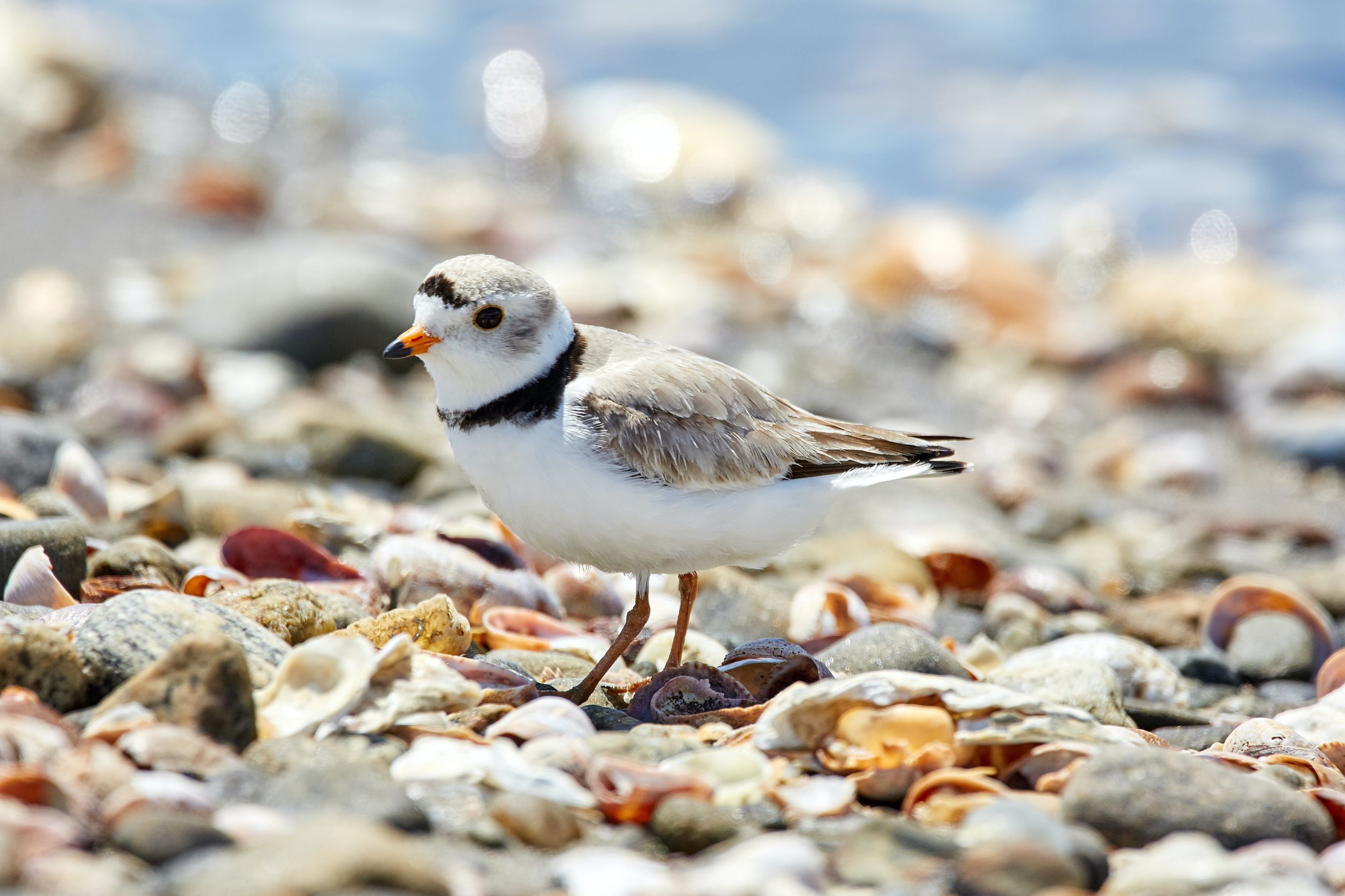
The Latest from the Coalition
On this page you can find the latest news from the Coalition, including stories of restoration successes, profiles of ongoing clean water issues, policy updates, and press releases.
Great Lakes Advocates Gather in Washington, D.C.
In early March, the Healing Our Waters-Great Lakes Coalition brought over 80 advocates from across the Great Lakes region to Washington, D.C. for Great Lakes Day—an annual event focused on the restoration and protection of the Great Lakes. The event gathered passionate environmental activists, local leaders, and concerned citizens who are committed to ensuring clean water and a sustainable future for the Great Lakes.
Lake Ontario Area Removed from List of Region’s Most Polluted Places
After nearly 40 years, the Rochester Embayment Area of Concern—a 35-square-mile portion of Lake Ontario near Rochester, New York—has shed its status as one of the most environmentally degraded places in the Great Lakes region. Learn more about this achievement happened in this success story.
Great Lakes Advocates in D.C. to Protect Lakes, Drinking Water, Public Health
Great Lakes supporters are in Washington, D.C., with the Healing Our Waters-Great Lakes Coalition, to urge members of Congress to continue their support for federal investments to protect the drinking water, public health, jobs, and quality of life for the millions of people in the eight-state region.
EPA Removes Toxic Site in New York from Great Lakes Cleanup List
This week the EPA removed New York’s Rochester Embayment Area of Concern on the shore of Lake Ontario from the list of most-contaminated sites in the Great Lakes region, drawing praise from the Healing Our Waters-Great Lakes Coalition.
Tree Equity Grants Restore Urban Tree Canopies in Illinois, Indiana, and Wisconsin
To help combat tree inequity, nonprofit environmental advocacy organization Faith in Place was awarded $1.99 million by the U.S. Forest Service’s Urban and Community Forestry Program to increase urban tree canopies in the Great Lakes region. Made possible by the Inflation Reduction Act, these funds will allow Faith in Place to facilitate tree planning and workforce development projects at faith institutions and 501(c)(3) nonprofit organizations serving disadvantaged communities throughout Illinois, Indiana, and Wisconsin.
The Wild Mile: Floating Wetlands Restore Diverse Wildlife to the Chicago River
Deep in the heart of urban Chicago, a network of floating wetlands is restoring native wildlife habitats, increasing biodiversity, and encouraging recreation along the north branch of the Chicago River. Known as The Wild Mile, the interconnected islands were installed by grassroots environmental restoration organization Urban Rivers in 2017 and have since been dubbed the world’s first floating eco-park.
Protecting Pollinators: Native Plant Prairies Preserve Vital Indiana Ecosystems
In 2019, Save the Dunes joined forces with the Indiana Dunes National Park and other regional partners to increase habitat connectivity and migration pathways for pollinators—some of the most important creatures in the global ecosystem.
Making the Apostle Islands More Accessible for Visitors with Disabilities
Adding accessible ramps, boat launches, trails, and signage is helping visitors with disabilities access a culturally and environmentally significant Great Lakes destination.








